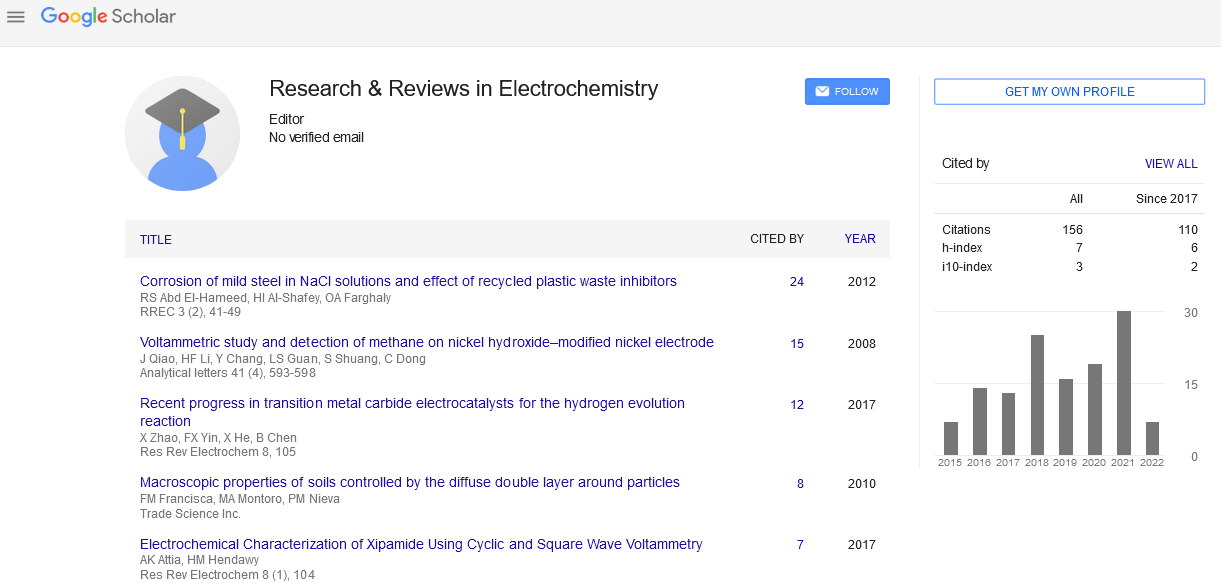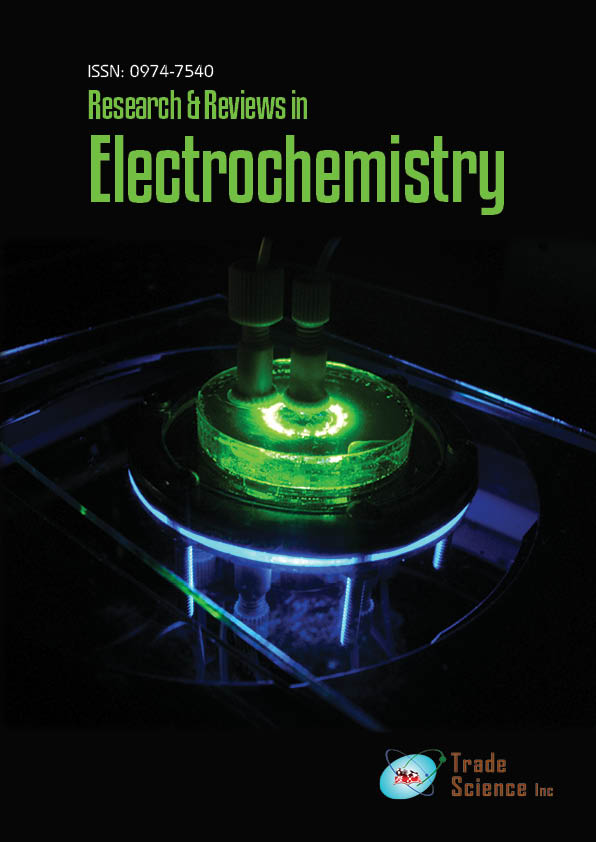Abstract
Electrolytic Cell: How it works
Author(s): James Bill*An electrolytic cell is an electrochemical cell that drives a non-spontaneous redox reaction with electrical energy. Electrolysis—the Greek term lysis means "to break up"—is frequently employed to breakdown chemical substances. Electrolysis is used to break down water into hydrogen and oxygen, as well as bauxite into aluminium and other compounds. An electrolytic cell is used to electroplate (for example, copper, silver, nickel, or chromium). Electrolysis is a process that employs the utilisation of a direct electric current (DC). There are three pieces to an electrolytic cell: an electrolyte and two electrodes (a cathode and an anode). The electrolyte is typically a dissolved ion solution in water or other solvents. Electrolytes include molten salts like sodium chloride. The ions in the electrolyte are attracted to an electrode with the opposite charge when an external voltage is supplied to the electrodes, allowing charge-transferring (also known as faradaic or redox) events to occur. An electrolytic cell can only breakdown a typically stable or inert chemical substance in solution with an external electrical potential (i.e., voltage) of the proper polarity and adequate magnitude. The electrical energy can cause a chemical reaction that would not happen naturally otherwise.

